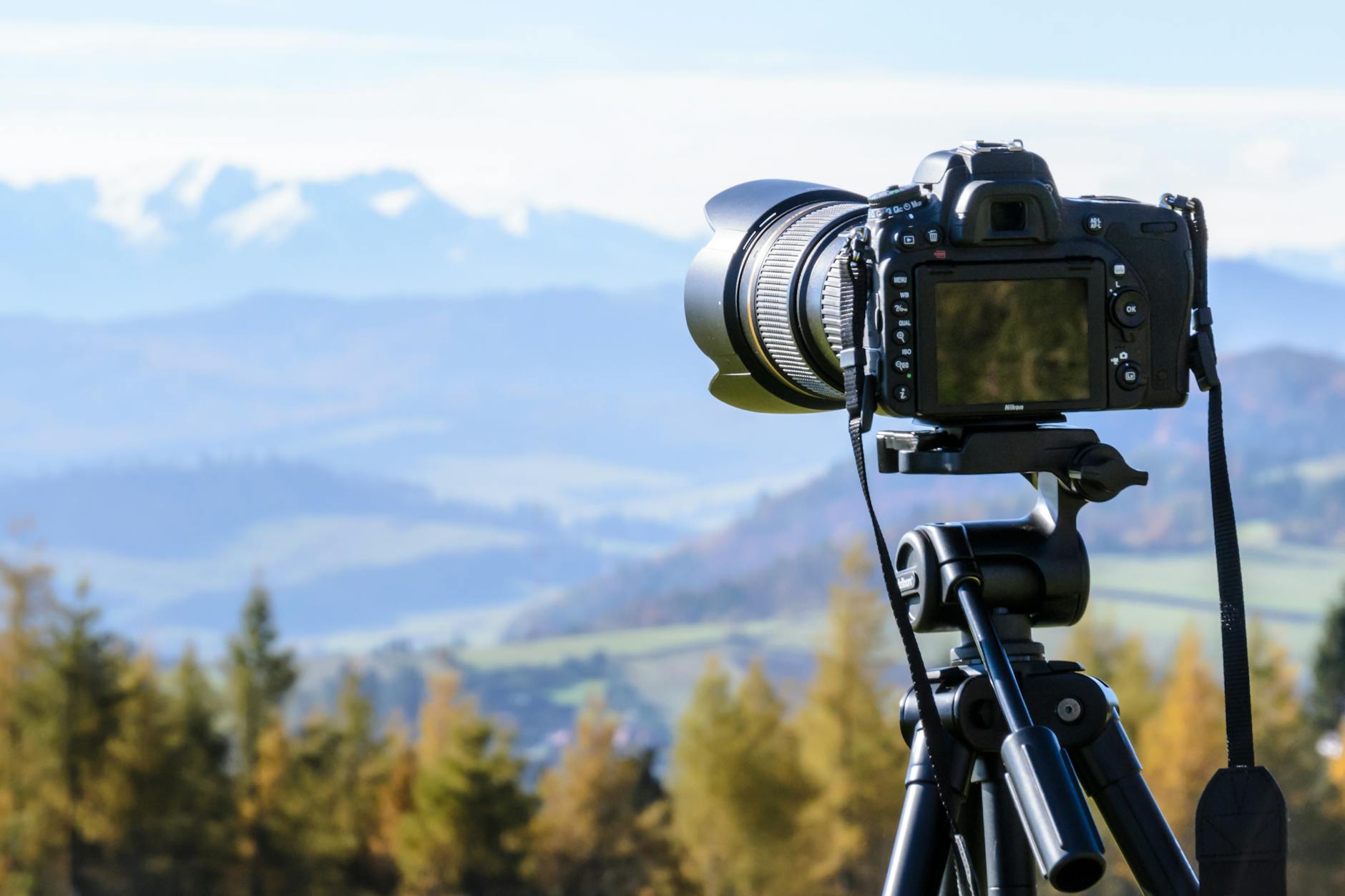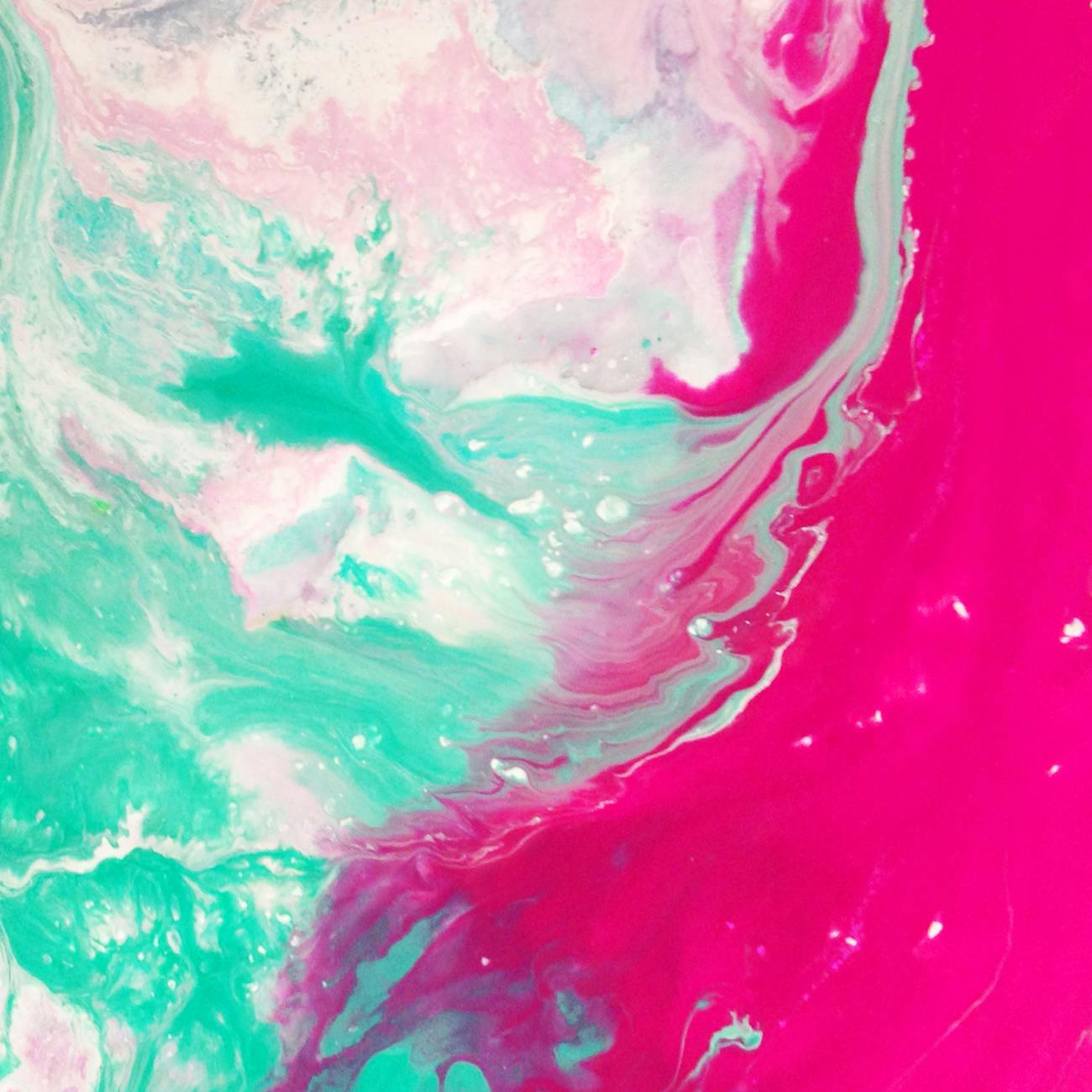Your basket is currently empty!
Tag: x

Photography 101: Sports in the Rain
A challenge for all outside photographers: Sports in the rain.
The weather at the end of the year has always been temperamental in my experience of the northern hemisphere. What may start off as a cloudless blue sky can often morph into thick grey clouds unloading a deluge of rain, hail, or even snow. In my time as a sports photographer, I often see other photographers run and take cover during the rain and cover their equipment, while I am out there with my camera and lens facing the precipitation without so much of batting an eyelid. Of course, I know electricity and water do not mix, but surely a camera costing over a grand would withstand more than sunshine? That’s where the weatherproof, waterproof argument comes in.
Personally, I love the challenge of shooting in the rain. The amount of drama that can be captured through the motion of water, not just falling but from the splash effect of mud and puddles. Some of my favourite shots are from unexpectedly rainy days, including my last snapshot post here.
This post covers all the things I wish I knew before I started taking pictures in the rain, as well as some tips and tricks on equipment and settings!

Canon6Dii with 150-600mm Sigma lens 1/800 f/6,0 ISO 2000
What is Weatherproof?
Typically, a weatherproof camera has a number of seals around any points of dust and water incursion, which protect it against rain or splashes of water (rather than dropping it in a body of water). This means that a little fall of rain will rarely cause damage. However, continuous shooting in heavy rain can counteract weatherproofing.
The first thing is to know your gear. Some camera bodies are “weather resistant” and some are not. For example, the Canon 6D is not weatherproof, whereas the Canon 6Dii is. Lenses are also weather resistant so be aware that cheaper lenses may not be!
Be aware that using camera gear that is not weather-resistant can lead to water damage and other complications, such as fungus in the lens. To be sure this does not happen, regardless of your gear, make sure everything is dried out and cleaned thoroughly after the shoot.
Waterproof cameras are designed for total submersion, for people like scuba divers – so not a necessity for a sports photographer who sits out in the rain!
Extra Rain Equipment
Preparation for rainy shoots both expected and unexpected, I have found the best emergency rain gear for my set up is as follows:
Microfibre cloth – This is a game changer. You should have one of these anyway, but especially a life-saver in the rain. After getting rain in all the places, the screen, the viewfinder, and the lens, the best way to avoid smears from wiping the water away is with a quick rub with one of these beauts.
Plastic bag – These can be folded down really small, so great for packing in a corner spot. Plastic bags are waterproof, a cheap alternative to spending out on a designer Gortex camera poncho sleeve. I simply wrap the bag around the body and lens joint when in a pinch to ensure that the seal does not get broken. Be sure to remember that if you are working with horses some may find plastic bags the scariest thing out there so be mindful!
Duct Tape – Attach the bag to the camera in a more heavy-duty fashion. It is also just super handy to have on you encase equipment fails. Looking at you my non-trusty monopod!
A Wide-Brimmed hat – Handy on sunny days and rainy days. Personally, I find a baseball cap does the job for me providing extra cover between the sky and the viewfinder. I’ve encountered other photographers who use fishing hats or outback-style hats to the same degree.
Towel – This one is for you. Inevitably, you will be soaked to some degree. I wear a camera harness inside my main coat. This means when I shoot, the coat is open.
Gloves – Rain is cold. Cold hands are slow. This may be just my thing, but having gloves or some sort of hand protection during the rain can be a game-changer!

Canon6Dii with 70-200mm EOS lens 1/1000 f/4,0 ISO 1000
Sports in the Rain Tips and Tricks
One positive of shooting on consistent rainy days is not having to worry about what the sun is doing. Rainy, overcast days act like a giant soft box in terms of lighting so you don’t have to be rushing through settings to adjust to ever-changing cloud coverage and heady brightness. There are no harsh shadows either, meaning that everywhere your camera points are pretty much even. This works great for photographing people – a natural lightbox with soft shadows -works wonders to bring out the good side!
Want to capture the rain in all its glory? The trick is shutter speed. The higher the shutter speed, the better the rain will look frozen in mid-air for the photo.
Typically, I like to use a minimum shutter speed of 1/800 to capture the “splash” images. However, you do need to remember the exposure triangle, as I have mentioned in previous posts to make sure that the image comes out balanced.
A general overview of my rainy settings during the day are:
ISO limited 2000
f/4.0 – f/6.0
1/800-1/1250One of the biggest challenges to shooting in the rain is the focus. The auto-focus on your camera may jump around as it is picking up the rain between you and the subject. Especially if you are using the `AI-SERVO for capturing sports. Plan on having some out-of-focus images, especially if there is heavy rain – don’t be too critical either!
Keep your lens hood attached! This may seem logical to some, but having the lens hood on will add extra protection to the front element of your lens, meaning less fog and fewer unwanted droplets.
Another simple tip is to shoot out of the wind. What is worse than rain – rain blowing straight into your face and camera lens. If possible, find a spot that has some natural shelter from the wind and rain, or at least the wind!

Canon6Dii with 70-200mm EOS lens 1/1000 f/4,0 ISO 1000
After the Shoot
It may be very tempting to pack up, remove lenses and shove everything into your bag as soon as possible during a rainy shoot, but that is not the best idea. Keep the lens attached to the body, as the seal is still in place.
Probably the most important thing you can do when shooting in the rain is what you do after. If you have the luxury of being able to dry your camera and put it away properly, do it. If not it is best to leave the camera assembled until you have the chance to make sure it is dry.
When you have the chance to attend to your wet camera, if you have not done so already, take the camera apart and give it a full wipe-down. Use the aforementioned microfibre cloth to dry and clean the lens elements. Make sure to fully extend any telephoto lenses if it has a body that grows and shrinks as you zoom in and out to ensure dryness. If you are not sure it is 100% dry, place all your gear on a towel in a dry warm place. Do not place it near a heat source like a fire or a heat vent as these could cause other types of damage to your gear.

Canon6Dii with 150-600mm Sigma lens 1/800 f/6,0 ISO 2000
In my latest shoot, I had the misfortune of it being both rainy, windy, and bright. Meaning that I was constantly scrolling through my shutter and ISO to balance pictures. I did have the luxury of a warm cafe in between classes. Nothing beats warming up in front of a fire with ever-so-needed coffee! This did allow me to make sure all my equipment was still functioning properly. And not getting swamped throughout the day, unlike me. With the rain, setting up for where the best shots took me less time. This probably meant that I did not find the best places either. All being said, I did manage to get some dramatic puddle shots as well as some lovely jumping pictures.
The most important part of shooting in the rain is making sure you are waterproofed too. A good coat, and as I mentioned, a hat and gloves are essential, especially in the colder months. So wrap up warm, grab a coffee to go, and get out there!
Is there anything I missed? Let me know in the comments!
If you want to know more about the settings I use for my photography, have a look at my previous snapshot posts below:
I am currently taking bookings for shoots and competitions local to me. Feel free to get in touch for information!

Photography A-Z
Let’s see how much camera vocabulary I can fit into the alphabet. Photography A-Z is a fun exercise and post to test knowledge, feel free to do your own and tag me! The answer is way too much so I have cut it down to the basic words and their meanings. I do reach a little with X and Y, fall flat at Q and make interesting choices all over.
What words would you have chosen in your photog alphabet? Leave me a comment below!

Photo by PhotoMIX Company on Pexels.com A
Aperture
The opening in the camera lens, that controls how much light enters the camera and how much of your image will be in focus.Aspect Ratio
The proportional difference between width and height. Typically 35mm film is 3:2.Av
Aperture Priority setting on a DSLR, sometimes written as AB
Bokeh
This is a technique using the aperture setting to create deliberate out-of-focus parts. Known to describe the quality of the out-of-focus parts. Learn how to do it here!Bracketing
This is where several shots are taken in short succession with various settings of the same subject. Usually, this is different shutters or apertures to create dynamic images.C
Crop Sensor
If you have a crop sensor camera, it means that the digital sensor is smaller than a full frame. The photos will be more zoomed in than images taken at the same focal length in a full frame.Canon
A brand that makes camera apparel.D
Depth of Field
Relates to the focus of the aperture.DSLR
Digital Single Lens Reflex. What most digital cameras with a mirror in are referred to as.Dynamic Range
The ratio between the largest and smallest values that a certain quantity can assume, such as light and dark, white and black.E
Exposure
How bright or dark an image is, refers to the combination of Aperture, Shutterspeed, and ISO.F
Filters
Used on the end of a lens to add effects or help with certain photography techniques.Flash
An external light source is used to add fullness and depth to a subject or assist in lighting.Focal Length
The distance is measured in millimeters (mm) between the optical centre of the lens and the sensor of the camera when it is focused at infinity.F-stop
This is what Aperture is measured inFull frame
Digital equivalent of the standard film size of 35mm.G
Grain
Originally grain was added during the developing process of the film with the silver solution, now an effect that can be added in editing.Golden Ratio
Refers to a composition guide to make a picture desirable. It is a mathematical ratio – two quantities are in the golden ratio if their ratio is the same as the ratio of their sum to the larger of the two quantities.H
HDR
High Dynamic Range. This can be achieved when using bracketing high and low values together.Histogram
A graph tool that shows tonal and exposure distrubution of pixels in an image.I
ISO
The sensitivity of the digital sensorJ
JPEG
A file format of high compression that can be used to store images.K
Kelvin
The temperature measurement light is measured within the White Balance.L
Leica
A brand of lenses that are perfect for mirrorless 4:3.Lumix
A brand under Panasonic that creates camera apparel.M
Macro
Close-up photography of subjects that make them larger than life-size.Half way there of the Photography A-Z!
N
Nikon
A brand that makes camera apparel.Noise
Distortions in an image made up of small dotsND
Neutral Density filters can be used in long-exposure photography, as well as in HDR bracketing.O
Optical body
This is what a camera lens is.P
Prime Lens
A lens with a fixed focal length. Common Prime lenses are 50mm, 85mm, and 400mm.Q
The Impossible letter – I have nothing for this one sorry!
R
RAW files
A file type that most photographers shoot in. It allows a large storage of data without losing quality in compression.Rule of Thirds
Read more about this rule here!S
Shutterspeed
How fast the shutter of the camera opens and closes to capture an image. This is measured in fractions of seconds.T
Telephoto
The name for a lens with a longer focal length.Tripod
An essential piece of kit for photographers who want to avoid hand shake in long exposure or portraits.Tv
The short setting for shutter speed priority is also written as S on some cameras.U
UV filter
A filter used to protect lenses from the sun. This doesn’t change an image at all, just protects your lens!V
Videography
Not photography… A recording of moving visual images, it uses the same base principles as photography with addition of movement and sound.W
White Balance
White balance is the camera setting that adjusts how colors are rendered in an image. This is measured in Kelvin (K). A camera has inbuilt presets for white balance. Represented by clouds, shade, sunshine, and interior light.X
X-offset
This one is reaching. When editing an image in post-production, you can use the vertical and horizontal axis of the image to fix distortion. The X-offset refers to the horizontal rotation of the x-axis.Y
Y – offset
Like the X-offset the Y-offset refers to the rotation axis to fix the distortion of an image in post-production.
Z
Zoom lens
The name some people call a telephoto lens with variable focal lengths.26 letters later and we made it! If you want to read more about basic photography, feel free to browse my photography tips here!












